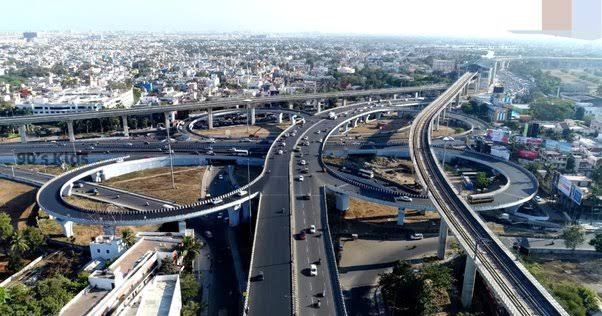Whose per capita income? A report From Dakha

Angry reactions to official growth figures show disconnect from reality
Too good to be true—that’s how many people have reacted after the government’s provisional data for the 2021-2022 fiscal year was disclosed on Tuesday.
One of the disclosures that hit particularly close to home is that the provisional per capita income in FY 2021-22 has gone up 9 percent to USD 2,824. Many in their social media platforms took issue with the unusually high figure, saying it’s in no way a reflection of their actual earnings or that of ordinary citizens who are struggling with the extremely high living cost and shrinking income-generating opportunities.
Clearly, they feel excluded from the rosy official narratives. So they asked, if not theirs, whose per capita income is it then?
Government officials, however, are confident that people’s income level has certainly risen, a conclusion they support with reports of high purchasing trends in rural areas, long queues at supermarket checkouts, lack of manual labourers, etc.
This is only half the story, though, as almost all other signs point to increasing suffering as a result of high inflation and extremely high income inequality. As per the latest Household Income and Expenditure Survey of the Bangladesh Bureau of Statistics (BBS), the country’s Gini coefficient—the economic measure of equality—stood at 0.482 in 2016, up from 0.458 in 2010.
The Gini coefficient is measured on a scale of 0 to 1; the closer it is to 1, the higher the inequality. Now, the Gini coefficient of Bangladesh is at an all-time high, meaning that inequality in society is also at an all-time high.
Other provisional figures for FY 2021-2022 also show the widening gap between official estimates and the reality. For example, according to BBS, Bangladesh’s economy will grow at a remarkable 7.25 percent this fiscal year, the third time since FY 2006-07 that the GDP growth will cross the 7 percent-mark. This is despite the fact that Bangladesh, like the rest of the world, is still struggling to cope with the economic fallout of the pandemic, which makes such optimistic projections hard to believe.
Notwithstanding the government’s enthusiasm, ordinary people neither have any patience for the intricacies of BBS statistics nor any illusion left to believe them at face value. They want to see tangible improvements in their lives. They want to have decent jobs and be able to earn enough to pay for daily essentials, medical expenses, housing and schooling, etc.
The government, if it is really sincere about improving people’s lives, should not confine its focus on statistics only. It should pursue a development policy that is inclusive and sustainable so that everyone—not just the haves—can benefit from it.




